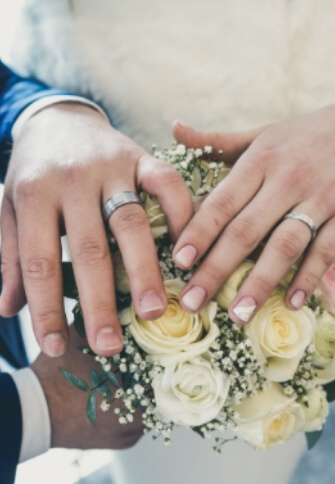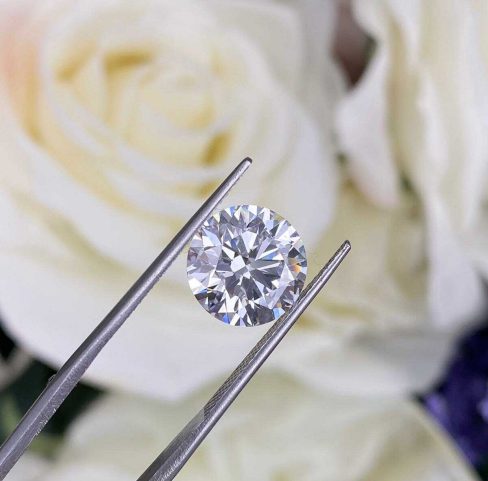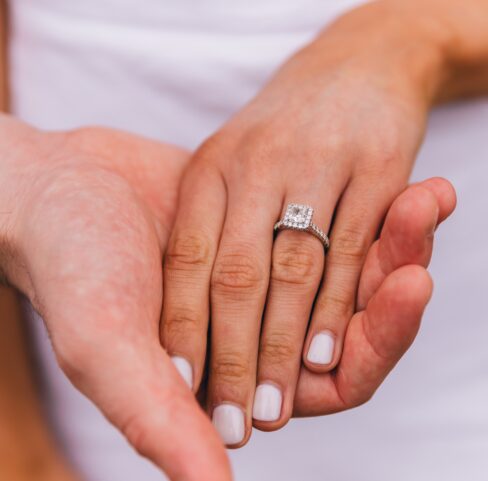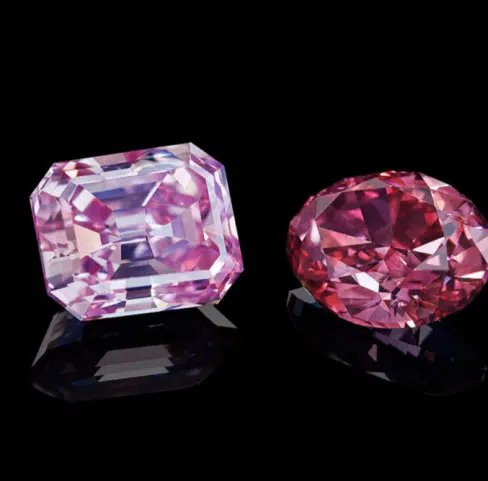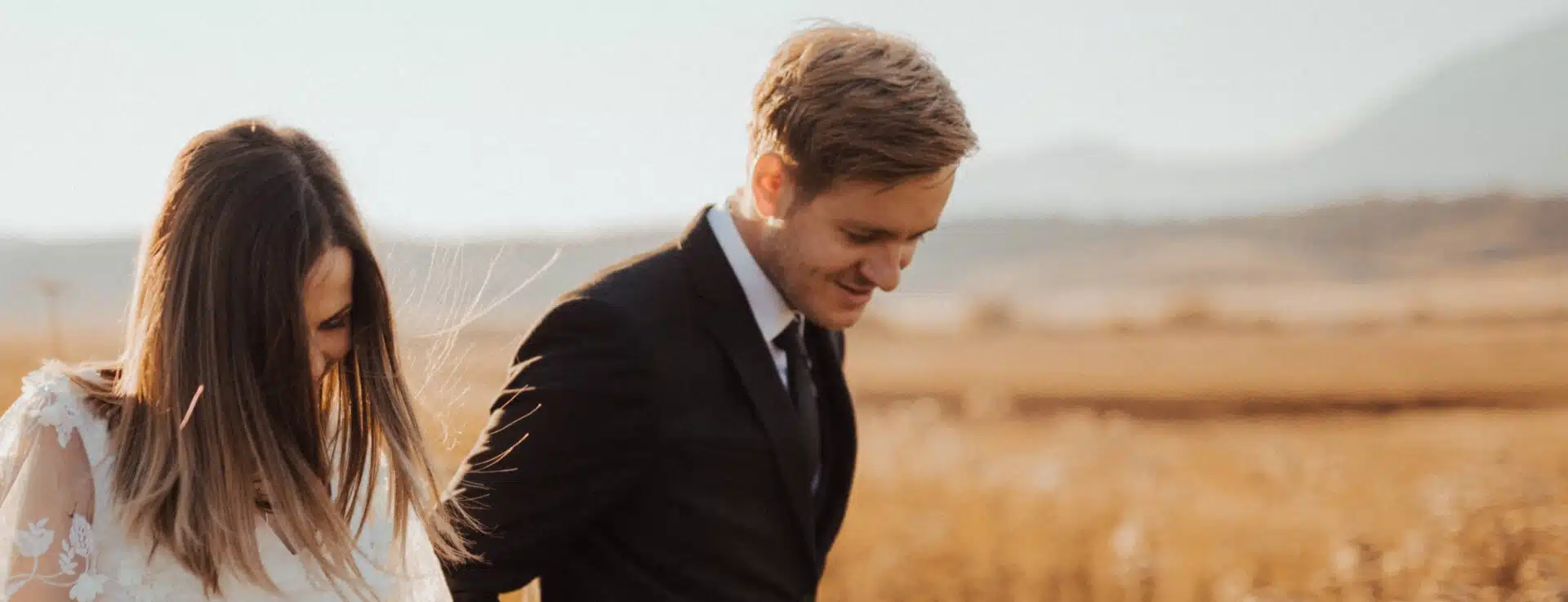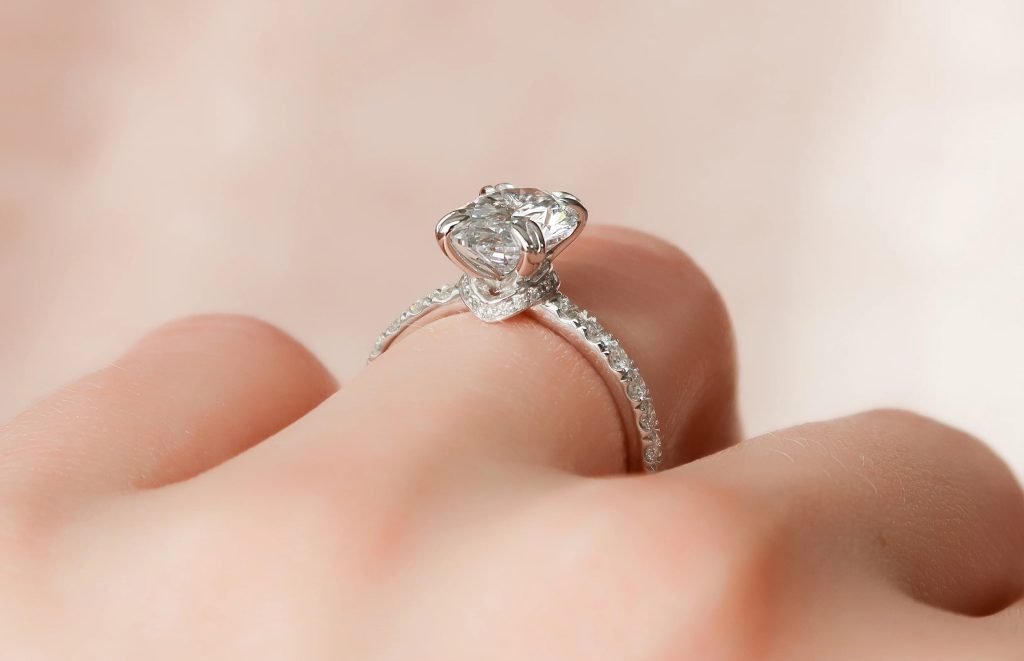 Gemstones cutters usually facet diamond rough as a brilliant diamond or a step-cut diamond. Brilliant diamond shapes are easy to distinguish. Most diamond shapes are brilliant cut.
Gemstones cutters usually facet diamond rough as a brilliant diamond or a step-cut diamond. Brilliant diamond shapes are easy to distinguish. Most diamond shapes are brilliant cut.
A diamond cutter shapes a brilliant-cut stone by adding many small facets. Most of them are triangular-shaped. Brilliant cut diamond shapes show display more light. The small facets allow the light to bounce back and forth, reflecting out of a diamond engagement ring.
The traditional brilliant cut diamond shapes are the round brilliant cut, princess cut diamond, radiant cut diamond, oval cut diamond, pear shape diamond, and the heart-shaped diamond. Other less common shapes or custom cuts may be brilliant-cut gems too.
Because brilliant diamond shapes reflect white light and have more facets, you’ll have difficulty spotting some inclusions close to the diamond surface. Inclusions are natural, but they are seen in your diamond’s clarity.
A brilliant diamond shape sparkles more than step cut shapes but hides inclusions better. With so much white light bouncing around, mixed with the coloured light, you’re less likely to see inclusions that would otherwise stick out. Of course, it’s up to perception. Some of us have a more keen eye than others.
We’ve established that brilliant-cut shapes have more sparkle. But which brilliant-cut diamond shape sparkles the most?
The answer to that question is simple, the round brilliant cut.
No other diamond shape compares to a round-cut diamond. No other diamond shape can be cut to exact proportions and symmetry. They are the only diamond shape with an official cut grade on a grading report.
What Makes a Diamond Sparkle?
As crazy as it sounds, there’s a science to sparkle. The technical term is scintillation, and it refers to the light displayed when the diamond, viewer, or light source moves. The secret of the gem’s quality of sparkle is held in its facets. The flat sides, or facets, on a diamond are strategically placed to optimise the brilliance of the stone. An ideally cut stone will use light to reflect around the inside of the stone and then reflect it back to your eye.
Think of a bunch of mirrors reflecting light around a room and then back to you, same idea. By light passing through the gem, the stone acts as a prism and divides the light into spectral hues. This is what creates flashes of colour. This is why the quality of the cut is just as important as the cut itself. Going with our example from before, if the mirrors are misaligned, most of the light will end up escaping and you won’t get much, if any, light returned to you.
This means you could have the best shape for a normally sparkly diamond, but if the cutter did a bad job orienting the facets, it will make the stone seem dull.
Which Cut Sparkles the Most?
The brightest of the bunch when it comes to diamond cuts probably won’t be very surprising to most. The round brilliant. This classic cut is the shape of choice for diamond cutters, making up 95% of all faceted diamonds. This cut has 57 or 58 facets that help it masterfully redirect light to become a mini disco ball. Each facet is strategically placed for the brightest output of light.
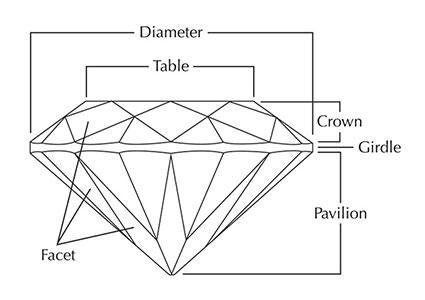
History of the Round Brilliant Cut
These iconic cuts were first seen in the 1700s. Although they were still evolving into the modern round brilliants, these antiques were reminiscent of the round brilliants we adore today. From then to now, diamond cutters have played around with proportions, the number of facets, and shapes to settle on the celebrated end result we are familiar with today. Rounds really became popular in the 20th century when diamond cutting tools were developed to help with more precise results.
Not All-Round Diamonds Are the Same
Just because you know round diamonds have the most sparkle doesn’t mean all-round shape diamonds have the same sparkle. The level of the sparkle of round-cut diamonds will depend on the diamond’s quality and cut grade.
Round brilliant diamonds receive a cut grade of Excellent/Ideal, Very Good, Good, Fair, or Poor. Round diamonds sparkle more, and they’re more expensive. They’re also the most popular of all the diamond shapes. More diamond rough has to be cut away by a gem cutter to facet a high-quality round diamond.
Most people can tell the difference in sparkle between an ideal round brilliant cut diamond and a Good cut round diamond if put side by side. It might be harder to distinguish ideal or excellent cut diamonds from Very Good cut diamonds.
A good rule of thumb is to not go for any round brilliant diamond-cut below ideal or Very Good. If you’re going the lab grown diamonds route, you’ll have more than enough budget to dedicate toward a higher cut while keeping your same carat weight. You might even be able to go bigger if you have the budget.
The point of a round-cut diamond’s value and popularity is directly related to the diamond’s ability to reflect light through more facets. It’d be a shame to buy the most expensive centre stone and not receive optimal diamond brilliance.
Personally, I believe your diamond’s cut grade is the most important of the 4Cs of diamonds. However, fancy shape diamonds don’t have cut-quality grades.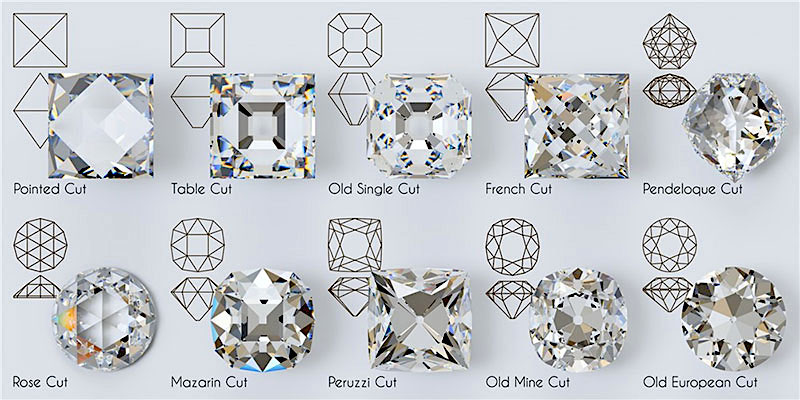
Other Diamond Shapes With High Sparkle
While no shape can reflect white light like a round brilliant cut, there are still other shapes with lots of diamond sparkle. It’s just a little harder to fish out. However, it’s best to have a pool of diamonds to choose from.
Clean Origin has many options to compare, without the pressure of a salesperson trying to shove an engagement ring you don’t want down your throat.
There’s no official diamond cut grade, so you might see some retailers separate their fancy shapes by diamond cut grades anyway. Usually, the best diamond cut grades have the most sparkle. You won’t see a cut grade on their grading report.
Fancy shape diamonds are easier to cut and less expensive because they come from oddly-shaped rough diamonds. Jewellers can use more diamond with fancy shapes. A round-cut diamond has to have a specific shape to facet a round-brilliant cut.
Princess-Cut Diamonds
A princess-cut diamond is the most popular shape next to a round-cut diamond. You’ll be more likely to find princess cut or round-cut diamonds in stores. Other diamond shapes aren’t as common in physical inventory because they sell what’s popular.
On average, buying a princess diamond shape instead of a round can save you an average of 20-25%. Lab diamonds can save you more.
Many companies claim to have ideal princess diamond cut quality, but it’s still official. Instead, there are recommended proportions for that shape.
Ideal princess proportions should have:
- Table: 66-75% (not to exceed 80%)
- Depth: 66-75%
- Length to Width Ratio: 1.0-1.4

Radiant-Cut Diamonds
Radiant cut diamonds are less popular locally, but many have taken to them online. Radiants are considered the next shape with the best sparkle. A radiant-shaped diamond can either be a rectangle or square.
Many people love the rectangular look of an emerald shape but want the sparkle of a round brilliant cut. A rectangular radiant diamond is an excellent option.
The ideal proportions for a radiant diamond shape are:
- Table: 61-69%
- Depth 61-67%
- Length to Width for square- 1-1.03
- Length to Width for rectangular 1.2-1.3
 Cushion-Cut Diamonds
Cushion-Cut Diamonds
A cushion-cut diamond is the third most popular diamond shape in the jewellery industry and one of the least expensive. It is a cross between a classic round shape and a princess shape. Essentially, it’s a square shape with rounded edges.
Cushion shapes have many variables. You’ll find mostly square cushion engagement rings, but elongated cushions are popular online. They also have a few different styles of cushions.
Their styles are chunky or crushed ice. Chunky cushions or cushion brilliants have larger facets.
A crushed ice cushion diamond shape refers to cushions with smaller facets. When they reflect light, they look more glittery.
The ideal proportions for a cushion are:
- Table: 61-67%
- Depth 61-67%
- Length to Width for square cushion 1-1.03
- Length to Width for rectangular cushion 1.15-1.2

Oval-Cut Diamonds
An oval diamond is a fancy shape that many people choose when looking for a vintage diamond engagement ring. These diamonds are a choice alternative for someone who likes the round shape but wants a bigger-looking diamond. A 1-carat oval diamond will appear larger than a round one of the same carat weight.
Oval diamonds can be difficult to find because they’re susceptible to the bow-tie effect. Radiants and marquise shapes are also victims of shadow shapes. A bow tie is a dark shape that appears on some fancy diamond shapes. All oval diamonds have them. You want to find one that’s not as prominent. However, ovals tend to have the most prominent ones.
It’s a purely subjective effect and doesn’t affect the durability. Some people find bow ties charming. However, it can affect your diamond sparkles by casting a dark shape where it should reflect light instead.
The ideal proportions for ovals are:
- Table 53-63%
- Depth 58-62%
- Length to Width 1.35-1.50

Marquise-Cut Diamonds
Marquise diamonds are difficult to find because they’re not as popular. If you find a well-cut marquise, it can be a beautiful stone.
However, it’s not a sparkly centre stone for an engagement ring because there’s not a lot of surface area. A marquise diamond is a long and thin shape.
Marquise diamonds appear larger than a round of the same carat weight. It will also make fingers look longer. Many people with larger fingers love the length of marquise engagement rings. They’re also one of the more affordable shapes.
- Table 53-63%
- Depth 58-62%
- Length to Width 1.85-2.0

Heart-Cut Diamonds
Heart-cut diamonds aren’t as in-demand for engagement rings as you’d think. While it’s the oldest symbol of love, this shape is usually chosen for other occasions, not engagement-related.
Heart shapes are also alongside the small end, like a square cushion or a round diamond. They are less expensive but harder to find as a centre stone for an engagement ring. I also recommend choosing heart diamonds 1 carat and above. Anything below .5 carats won’t look like a pronounced shape.
Recently, pop-punk queen Avril Lavigne was proposed to by rocker Mod Sun with a gorgeous 5-carat heart in a beautiful pave setting.
- Table 53-63%
- Depth 58-62%
- Length to Width: .95-1.02
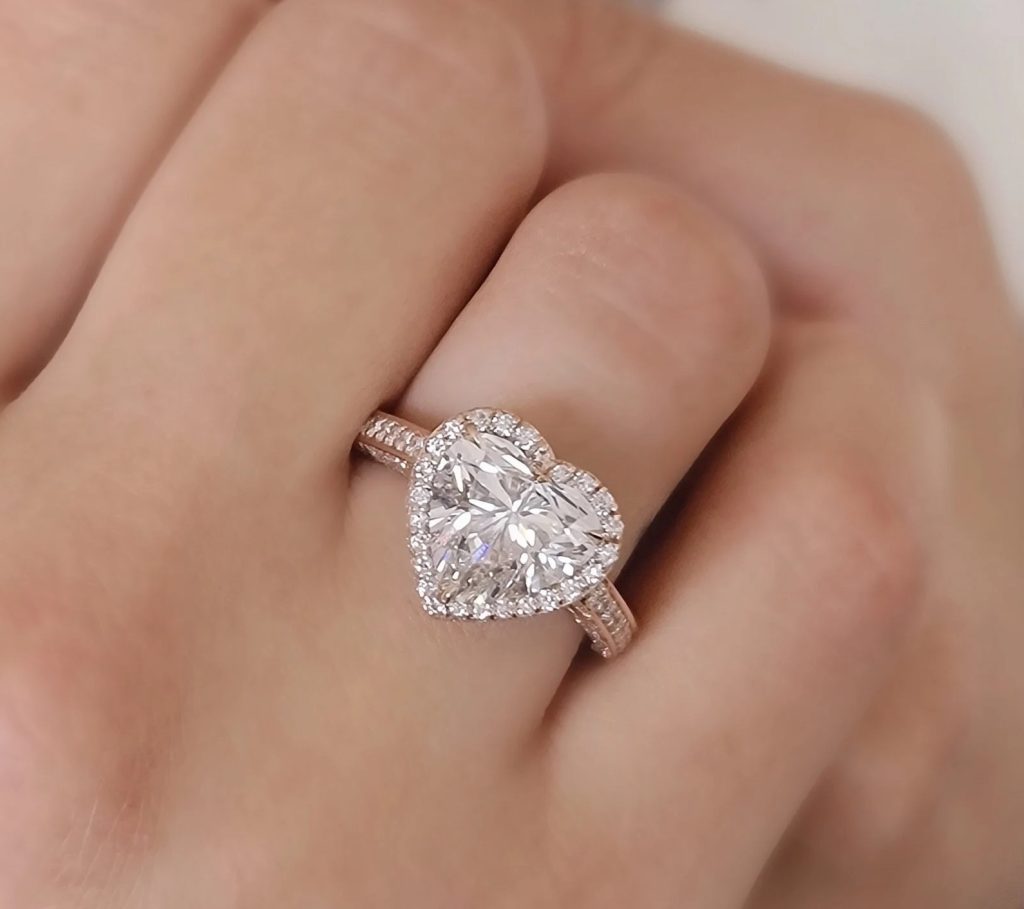
Choose Your Sparkle
As you can see, there are a bunch of sparkly shapes for a diamond engagement ring or diamond jewellery in general. Statistically, a round diamond cut sparkles the most out of all diamond shapes. It’s the diamond’s ability to reflect light within exact proportions.
All brilliant fancy shapes can give excellent sparkle if the round diamond isn’t for you. Remember: all that glitters isn’t gold. Sometimes, it’s diamonds!

